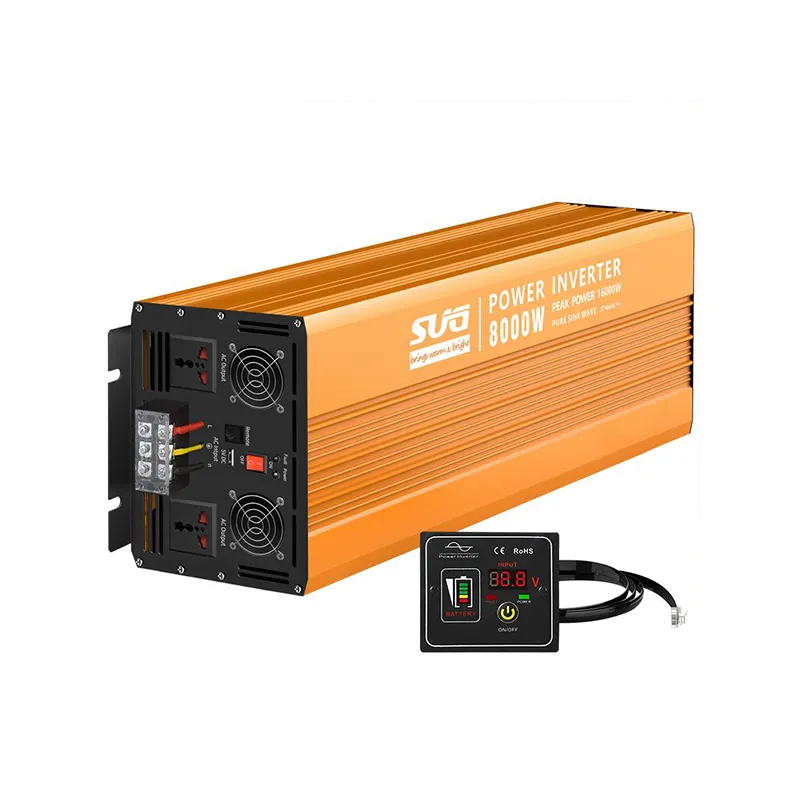Solar Micro Inverter vs String Inverter
Solar Micro Inverters vs. String Inverters A Comprehensive Comparison
As the demand for renewable energy sources continues to rise, solar power has emerged as one of the most prominent options for harnessing sustainable energy. Two popular technologies employed in solar energy systems are micro inverters and string inverters. Each has its own set of advantages and disadvantages, making the choice between them a critical decision for homeowners and businesses alike.
Understanding the Basics
Inverters play a crucial role in solar energy systems, converting the direct current (DC) generated by solar panels into alternating current (AC), which is used by most household appliances.
String Inverters This is the traditional form of inverter, where solar panels are connected in a series (or string). The output of all the panels is fed into a single inverter that converts the collective DC output to AC. They are generally more cost-effective and easier to install, making them a popular choice for larger solar installations.
Micro Inverters In contrast, micro inverters are small devices mounted on each solar panel, allowing each panel to operate independently. This means that the performance of one panel does not significantly impact the overall efficiency of the system. Micro inverters convert the DC electricity from each panel into AC on-site, offering significant advantages in certain scenarios.
Advantages of String Inverters
1. Cost-Effectiveness String inverters usually have a lower upfront cost compared to micro inverters. This makes them an attractive option for larger installations where budget constraints are a consideration. 2. Simplicity With only one inverter to manage for an entire solar array, string inverters are generally simpler to install and maintain.
3. Proven Technology String inverters have been around longer than micro inverters, leading to more established performance track records and available service support.
solar micro inverter vs string inverter

Advantages of Micro Inverters
1. Optimized Performance Since each panel operates independently, a shading issue or malfunction in one panel does not affect the performance of others. This is particularly advantageous in installations where shading is a concern, such as roofs with obstructions.
2. Enhanced Monitoring Micro inverters allow for panel-level monitoring, enabling homeowners and installers to track the performance of each panel individually. This can lead to quicker diagnosis and resolution of performance issues.
3. Scalability Micro inverters make it easier to expand a solar array in the future. Homeowners can simply add more panels with their own micro inverters without needing to upgrade or replace a central inverter.
Considerations
While both systems have their pros and cons, the choice often depends on specific installation scenarios. For areas with consistent sunlight and little shading, string inverters may offer sufficient efficiency at a lower cost. However, for rooftops with shading, complex layouts, or those desiring future expandability, micro inverters could prove to be a superior choice.
Conclusion
In conclusion, the decision between solar micro inverters and string inverters ultimately depends on individual needs, budget, and the specific characteristics of the installation site. Understanding the differences and the situations in which each performs best will empower homeowners and businesses to make informed choices in their solar energy investments. As technology continues to evolve, both options hold promise for contributing to a more sustainable future powered by solar energy.
-
String Solar Inverter: The High-Efficiency Solution for Smart Solar EnergyNewsJul.14,2025
-
Revolutionizing Rooftop Energy with the Power of the Micro Solar InverterNewsJul.14,2025
-
Power Independence with Smart Off Grid Solar Inverter SolutionsNewsJul.14,2025
-
On Grid Solar Inverter: Powering the Future with Smart Grid IntegrationNewsJul.14,2025
-
Monocrystalline Solar Panels: High-Efficiency Power for the Future of Clean EnergyNewsJul.14,2025
-
Bifacial Solar Panel: A Smarter Investment for Next-Generation Energy SystemsNewsJul.14,2025







